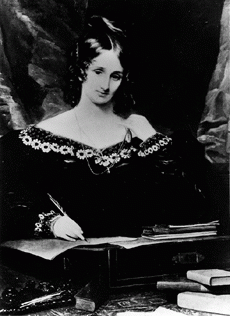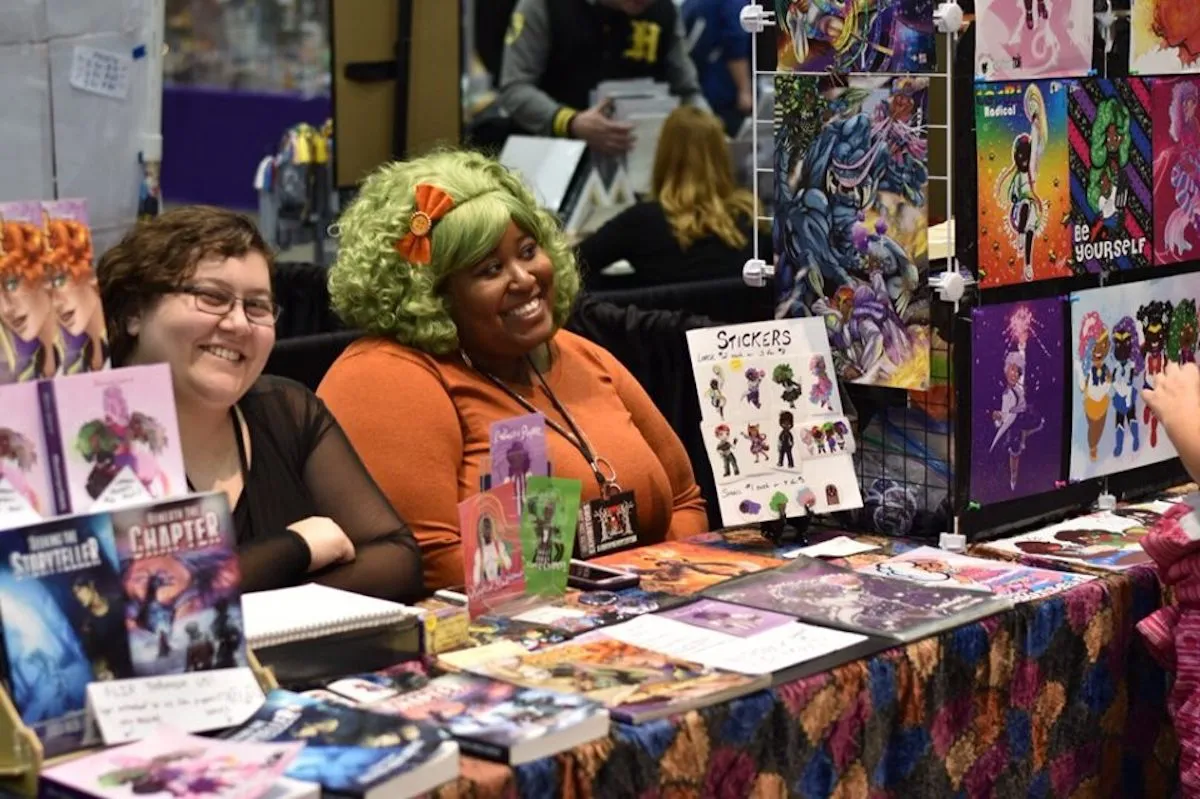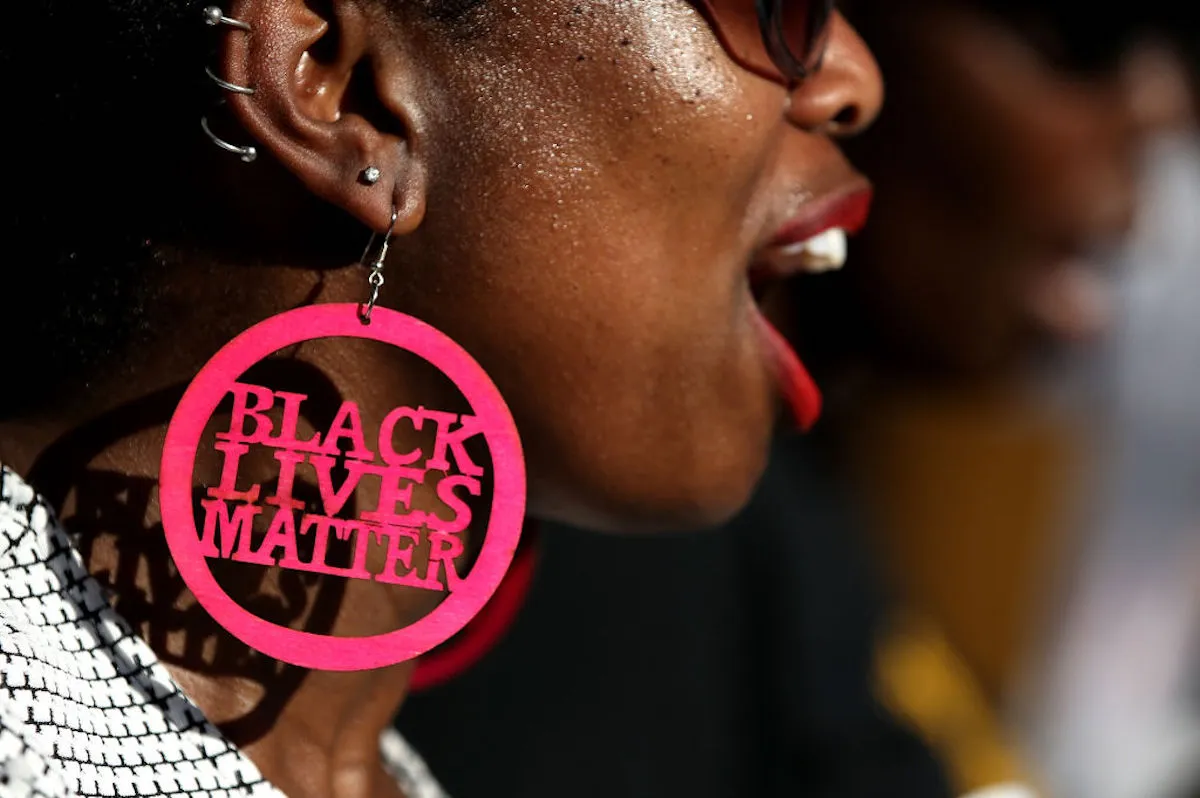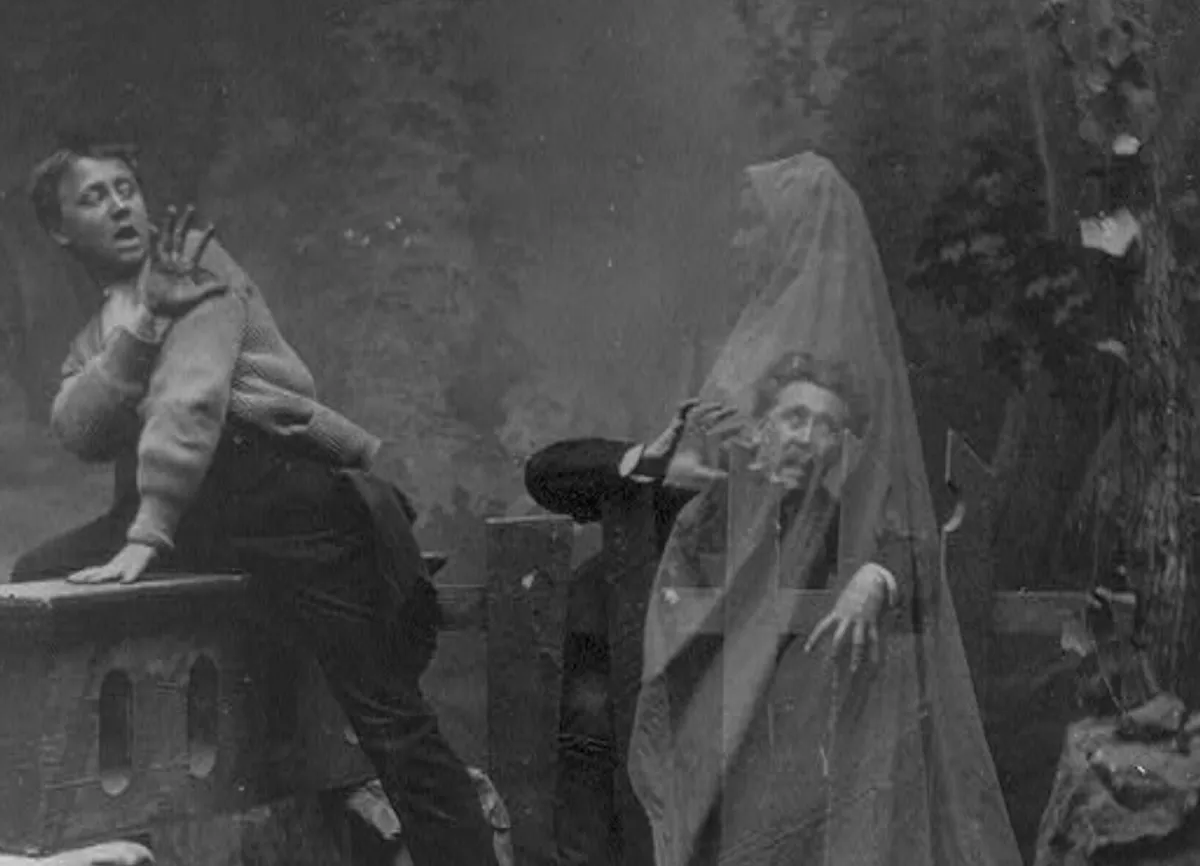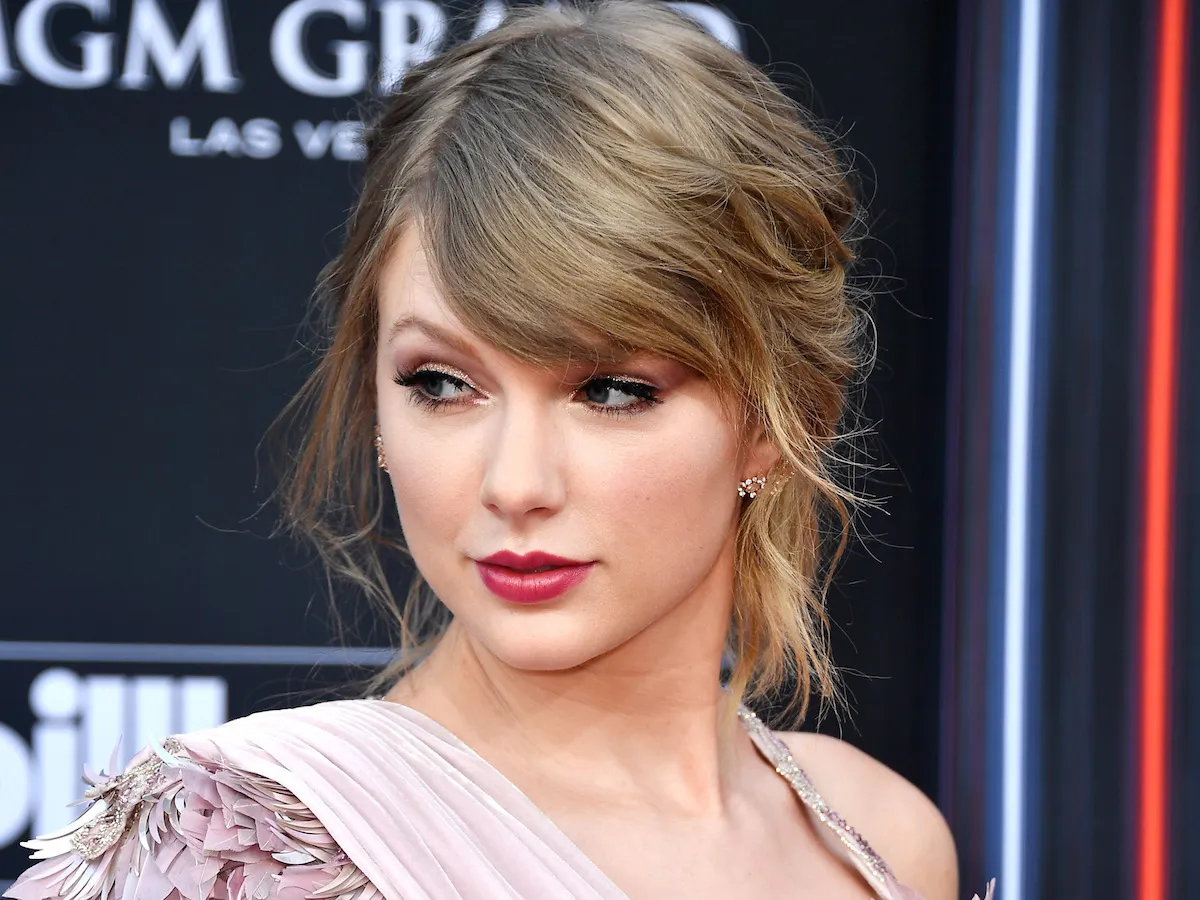Once upon a time in 1816, Mary Wollstonecraft Godwin gathered alongside Lord Byron, John Polidori, and the man who would become her husband, Percy Bysshe Shelley. A group of ambitious and creative writers, the quartet agreed to each write their own ghost story, but the woman who later became Mary Shelley was stuck with “that blank incapability of invention which is the greatest misery of authorship.” In other words, she had writer’s block. (Sing it, sister.) However, one night, after discussing the possibility of a man being reanimated by lightning, Shelley had an experience involving a bright stream of a moonlight, spilling into her room through the shutters. And then she wrote Frankenstein. Some have disputed her story about how she struggled for days to come with the story, saying that this was just a romanticized tale to hook her audience, but astronomers are now saying that she was probably not making it up: Mary Shelley was most likely witness to a “bright, gibbous moon” in the wee hours of June 16, 1816, which must have been a few struggle-filled days after the ghost story challenge.
A group of curious researchers at the University of Texas traveled all the way to Lake Geneva, Switzerland, the location of the manor, Villa Diodati, at which Shelley and her cohorts were staying when they made their writing pact and where Shelley experienced this stream of moonlight. The team — two physicists and an English professor — considered the topography of the mountainous area, plus vintage weather records and astronomical data, and found that they were able to figure out the position of the moon and pinpoint the date on which the moonlight described by Shelley occurred. Here is what she wrote in the preface to the 1831 edition of Frankenstein:
I busied myself to think of a story, — a story to rival those which had excited us to this task. One which would speak to the mysterious fears of our nature, and awaken thrilling horror — one to make the reader dread to look round, to curdle the blood, and quicken the beatings of the heart. If I did not accomplish these things, my ghost story would be unworthy of its name. I thought and pondered — vainly. I felt that blank incapability of invention which is the greatest misery of authorship, when dull Nothing replies to our anxious invocations. Have you thought of a story? I was asked each morning, and each morning I was forced to reply with a mortifying negative. …
I saw — with shut eyes, but acute mental vision, — I saw the pale student of unhallowed arts kneeling beside the thing he had put together. I saw the hideous phantasm of a man stretched out, and then, on the working of some powerful engine, show signs of life, and stir with an uneasy, half vital motion. Frightful must it be; for supremely frightful would be the effect of any human endeavour to mock the stupendous mechanism of the Creator of the world. …
The idea so possessed my mind, that a thrill of fear ran through me, and I wished to exchange the ghastly image of my fancy for the realities around. I see them still; the very room, the dark parquet, the closed shutters, with the moonlight struggling through, and the sense I had that the glassy lake and white high Alps were beyond. I could not so easily get rid of my hideous phantom; still it haunted me. I must try to think of something else. I recurred to my ghost story, my tiresome unlucky ghost story! O! if I could only contrive one which would frighten my reader as I myself had been frightened that night!
She also discusses an experiment conducted by Charles Darwin, who apparently “preserved a piece of vermicelli in a glass case,” which then began to move. (The vermicelli, that is.)
Anyway, people doubted her story about not being able to come up with a story for days and days, but after putting together all their data, the research team concluded that it was entirely feasible that Mary Shelley must have experienced the very glowy effects of the gibbous moon (a phase of the moon during which more than half is illuminated, but is either waxing its way towards being a full moon or waning towards being a new moon) between the hours of 2:00 AM and 3:00 AM the morning of June 16, 1816. And, by finding that date, the team may have proven that a few days did indeed pass between the challenge and the moonlight that ultimately inspired Shelley.
The ballpark date of June 16, 1816 — as the date of the challenge — came from Polidori’s own journals. His writings indicate that the writers arrived at Villa Diodati between June 10 and June 13, so the gathering and the writing challenge must have taken place between those dates. In an entry dated June 17, Polidori writes that everyone else has been able to come up with a story except for him. (Turns out he had no need to worry about his own bout of writer’s block — he ended up writing the first known English-language short story about vampires, The Vampyre.) But by determining those dates and the date of the waxing moon, it’s entirely possible that Shelley was not exaggerating about waiting days to come up with a story and finally receiving the inspiration she needed in the early hours of June 16, 1816 — days after the challenge.
The findings of this study were detailed in a press release from the University of Texas and will appear in the November issue of the magazine, Sky & Telescope.
(Christian Science Monitor via The Hairpin)



